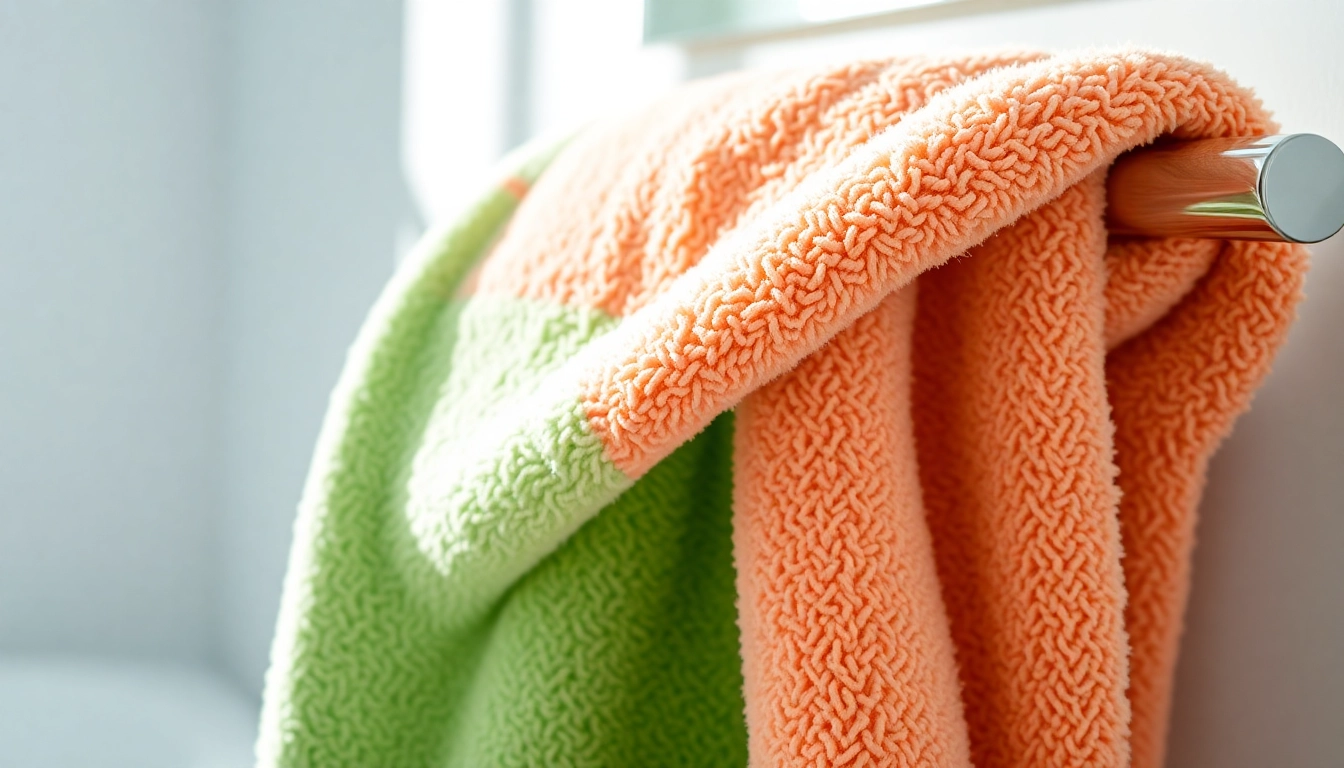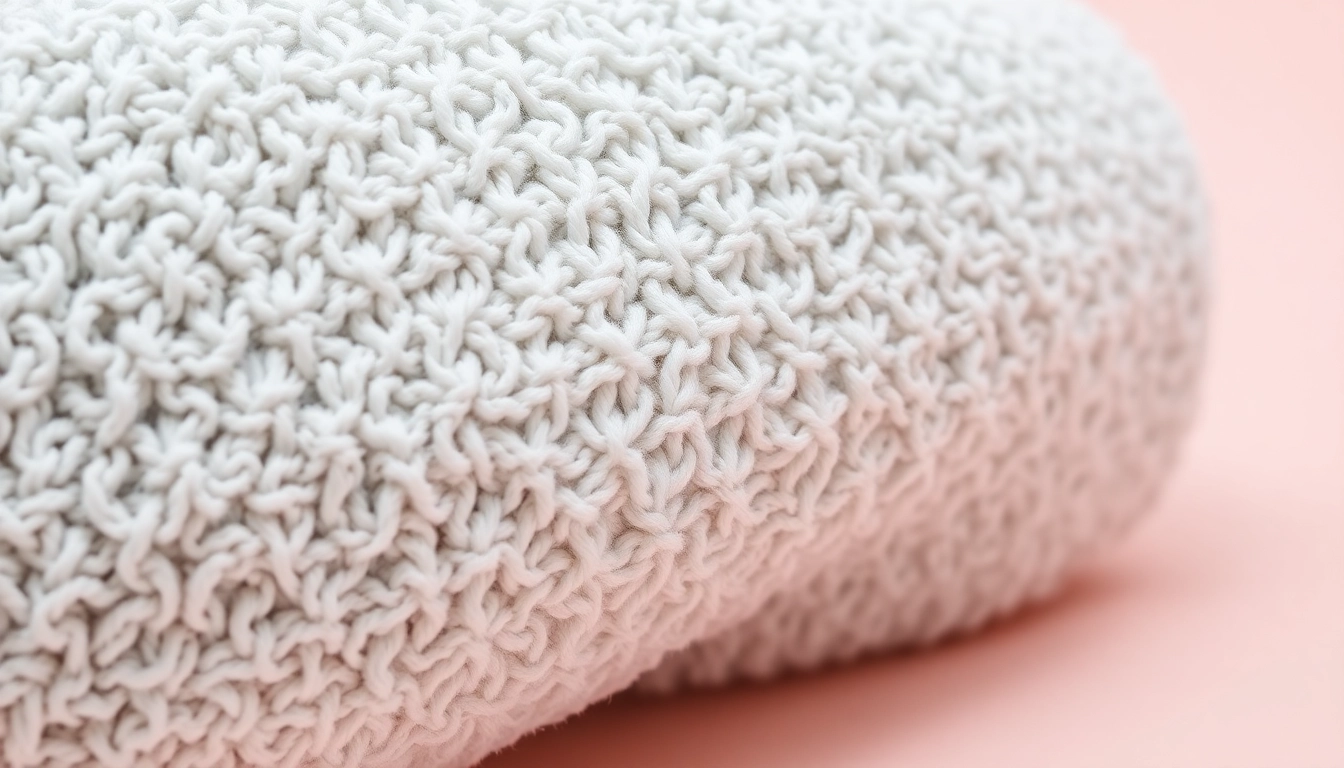Replacement windows are a strategic upgrade that enhances comfort, reduces energy bills, and boosts curb appeal. When planning a home renovation, understanding window types, installation options, and value over time is essential for making a smart investment. For a concise, practical overview of how these systems work, explore this resource Replacement Windows.
This guide translates industry best practices into actionable steps—from selecting the right materials to choosing a qualified installer, budgeting for the project, and measuring long-term performance. Built around the outline below, it focuses on practical insights homeowners can apply in real projects.
Understanding Replacement Windows: Types, Benefits, and Window Replacement Value
1.1 Types of Replacement Windows and Their Benefits
Replacement windows come in several approaches. Insert or sash-only replacements preserve most of the existing frame and are typically quicker and less invasive, ideal when the existing frame is sound. Full-frame replacements remove the entire unit and sometimes the surrounding trim, offering the best opportunity to upgrade insulation, repair rot, and correct alignment. Material choices shape performance and aesthetics: vinyl inserts are affordable, low maintenance, and resistant to moisture; wood or wood-clad options deliver classic appearance and can be stained or painted to match historic homes; fiberglass and aluminum-clad systems balance durability with modern profiles. Each type influences weather sealing, glazing options, and long-term maintenance, so select based on structural condition, climate, and design goals.
1.2 Energy Efficiency and Comfort Upgrades
Energy efficiency hinges on glazing and frame design. Look for double- or triple-glazed units with Low-E coatings and inert gas fills to reduce heat transfer. A tight seal, weatherstripping, and properly installed flashing minimize drafts and moisture infiltration. NFRC labeling helps compare U-factors and Solar Heat Gain Coefficients across products, making it easier to balance heat retention in winter with solar gain in summer. In addition to glass technology, frame warmth and air-tightness play a critical role in comfort, noise reduction, and indoor air quality.
1.3 Cost vs Value: When Replacement Windows Make Sense
Costs vary by size, material, and installation approach, but a well-planned replacement project can deliver meaningful returns. Expect higher upfront costs for wood or fiberglass frames, with vinyl typically offering the strongest initial value. Long-term savings come from reduced heating and cooling loads, fewer drafts, and improved curb appeal that can influence resale value. In many markets, homeowners see payback within a decade when replacements target high-leakage or poorly performing windows, while strategic upgrades in living areas or rooms with abundant sunlight can accelerate value—especially when paired with a broader energy-efficiency plan.
Planning Your Replacement Window Project: Scope, Budget, and Timeline
2.1 Assessing Windows and Replacement Window Priorities
Begin with a practical audit: identify drafts, condensation between panes, condensation on sills, or sticky operation. Prioritize windows that heat or cool irregularly, rot or soft spots, and those with high UV glare affecting furnishings. Map replacements by room function—bedrooms and living spaces often justify premium performance, while utility spaces may accept simpler configurations. Align priorities with architectural goals to ensure a cohesive result across the home.
2.2 Budgeting and Financing for Replacement Windows
Create a realistic budget that includes product costs, installation, and potential upgrades to flashing or sheathing. Build a contingency for unexpected repairs if frames are compromised. Consider financing options like short- or long-term loans, HELOCs, or energy-efficiency rebates that offset upfront costs. By framing the project as a whole-home improvement rather than a room-by-room fix, buyers can optimize both performance gains and financing terms.
2.3 Timing and Seasonal Considerations
Shoulder seasons often offer the best combinations of price stability and contractor availability. Winter projects may require temporary heat management, while summer installations can impact interior temperatures during the day. Plan for lead times, especially for custom colors or specialty hardware, and schedule to minimize disruption to daily life. Precise measurement and scheduling are as critical as material choice to avoid delays and ensure a smooth installation.
Materials and Styles for Replacement Windows
3.1 Vinyl, Wood, Aluminum: Pros and Cons for Replacement Windows
Vinyl windows provide affordability, low maintenance, and solid energy performance, making them a popular baseline option. Wood frames deliver traditional warmth and can be finished to match historical aesthetics but require regular maintenance. Fiberglass or aluminum-clad options offer strength with modern profiles and enhanced durability in challenging climates. Consider climate, maintenance tolerance, and stylistic goals when selecting materials; the right mix balances cost, performance, and character.
3.2 Frame Colors and Hardware for Replacement Windows
Frame colors and hardware significantly influence a room’s mood. Neutral tones integrate with most styles, while bold finishes can highlight architectural details. Hardware—escutcheons, sash locks, and handles—should be chosen for both aesthetics and operation reliability. For cohesive design, select a color family that complements trim, flooring, and fixtures, and opt for hardware finishes that resist wear and fingerprints in high-traffic areas.
3.3 Matching Architecture: Contemporary vs Traditional Replacement Windows
Contemporary homes benefit from slim profiles and larger, more expansive glazing that maximize daylight and views. Traditional or historic settings often call for divided-light grids, wood interiors, and warmer exterior tones to preserve character. While modern systems can mimic older styles, verify authenticity through profiles and grid patterns to ensure the final look respects the building’s heritage and desired curb appeal.
Installation Best Practices for Replacement Windows
4.1 Finding a Qualified Replacement Windows Installer and Quotes
Vet installers by checking licensing, insurance, and manufacturer certifications. Request formal written quotes that itemize product, labor, and any ancillary work (sill replacement, flashing, or trim). Seek recent client references and on-site assessments to confirm measurement accuracy and project scope. Compare warranties, lead times, and service commitments to avoid surprises after signing the contract.
4.2 Installation Process: What to Expect for Replacement Windows
Expect a structured process: removal of existing sashes and trim, careful handling to minimize interior disruption, and installation of a water-tight, flashing-enabled assembly. The crew will verify square, level frames, seal joints, insulate perimeters, and finish with interior and exterior trim. A final inspection ensures proper operation, sealing, and weather resistance, followed by cleanup and debris removal.
4.3 Avoiding Common Replacement Window Installation Mistakes
Common missteps include inaccurate measurements, inadequate ventilation behind openings, and neglecting proper flashing or drainage details. Skipping professional pre-inspection can conceal rot or structural issues that emerge after installation. Choose installers who prioritize precise measurement, protective handling of existing openings, and meticulous sealing to prevent air leaks and moisture problems.
Measuring Success: Performance, Warranties, and ROI for Replacement Windows
5.1 Energy Savings and Performance Metrics
Properly installed replacement windows typically reduce heating and cooling loads, translating to noticeable comfort improvements and lower utility bills. Expect performance gains to vary with climate, window type, and existing building envelope; many homes report measurable reductions in drafts and noticeable improvements in indoor temperature consistency over the first heating season.
5.2 Warranties, Maintenance, and Care for Replacement Windows
Most replacement windows come with multi-part warranties covering glass, seals, and frames, often spanning 10–30 years depending on material and brand. Regular maintenance—cleaning tracks, lubricating hardware, and inspecting seals—extends life and preserves performance. Adhere to manufacturer guidelines for cleaning agents and weather exposure to prevent premature wear.
5.3 Real-World Case Studies and ROI from Replacement Windows Projects
Consider a mid-size home where high-leakage older sash windows were replaced with energy-efficient units. Over 5–7 years, occupants reported more even temperatures, reduced drafts, and quieter rooms, with modest payback through energy savings and increased resale appeal. Another example: upgrading to a fiberglass frame in a sun-soaked room reduced fading and glare while maintaining a modern aesthetic. While ROI is scenario-dependent, thoughtful selection and installation consistently improve comfort, value, and long-term costs of ownership.



